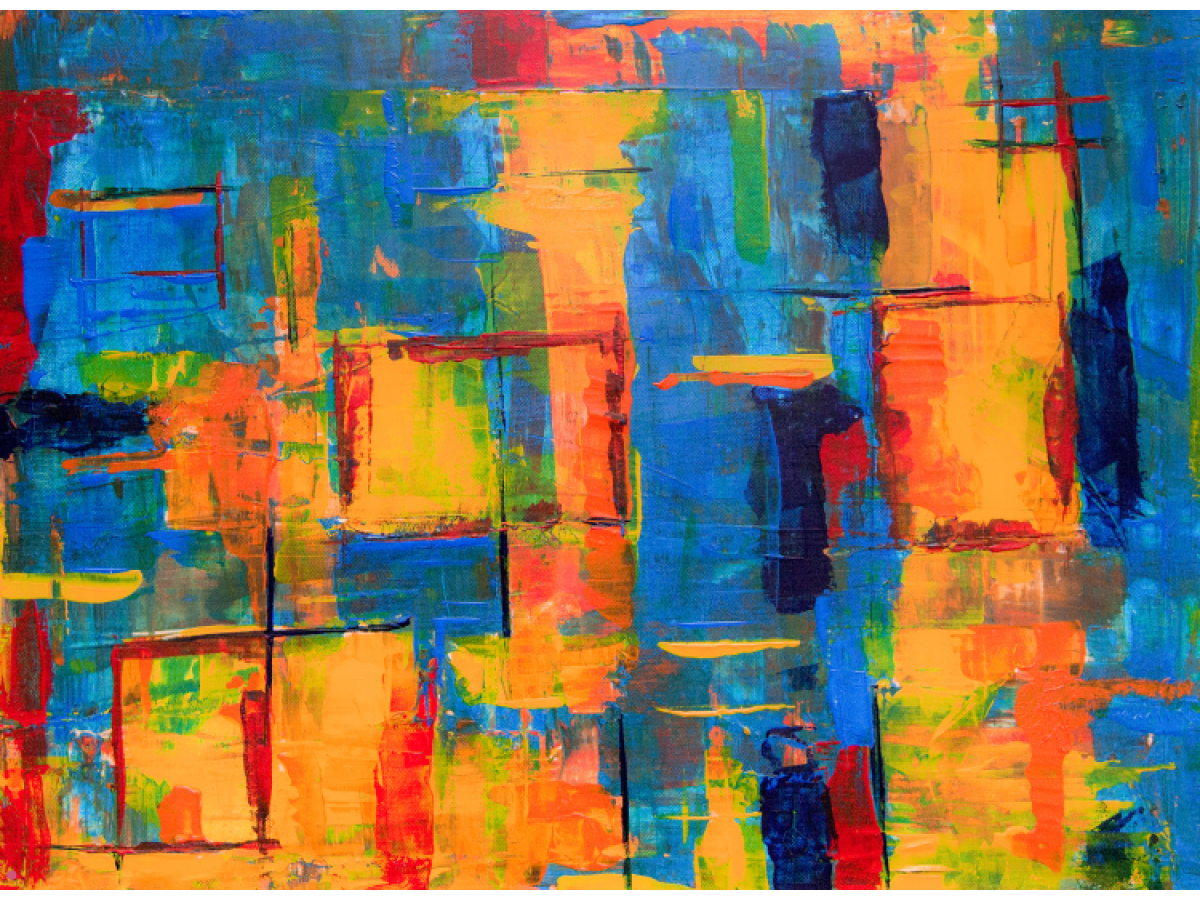If you're just starting with oil painting, some techniques may seem challenging. However, familiarizing yourself with these methods can build confidence, encourage experimentation, and help you create more vibrant oil paintings. Below are essential tips that can transform your painting process:
Grip the Brush Correctly: Hold the brush near the end of the handle for maximum control over your brushstrokes. This allows you to paint with your whole arm, not just your wrist.
Utilize Angles: Experiment with different brush angles for broad and fine strokes.
Vary Pressure: Adjust the pressure to diversify brushstroke textures. Test light, medium, and heavy pressure to find the right level for the desired results.
Use Solvents: Add oil painting solvents to thin the paint and increase its transparency.
Clean Your Brush: Remove excess paint from the brush before applying a new color.
Mix Colors Carefully: For more intense colors, mix no more than two paints. Learn color theory and blending principles, starting with white to blend.
Blend Well: Experiment with mixing oil paints that vary in how well they dissolve into each other.
Apply Enough Paint: Ensure you have enough paint on the brush to achieve the desired stroke type.
Combine Techniques: Use multiple techniques in one painting.
Use a Palette Knife: A palette knife can create unpredictable and textured strokes that brushes can't achieve.
With these tips, you'll be able to step beyond basic oil painting and elevate your skills. Masterpieces of the past astound with the layering of brushstrokes. For instance, Leonardo da Vinci of the Flemish School used this method:
- Underpainting: He outlined the drawing in one color, and created contours and shadows using sepia on a light primer.
- Blocking In: He added a thin undercoat to sculpt the volume.
- Glazing: He layered the painting with multiple glazes for details.

